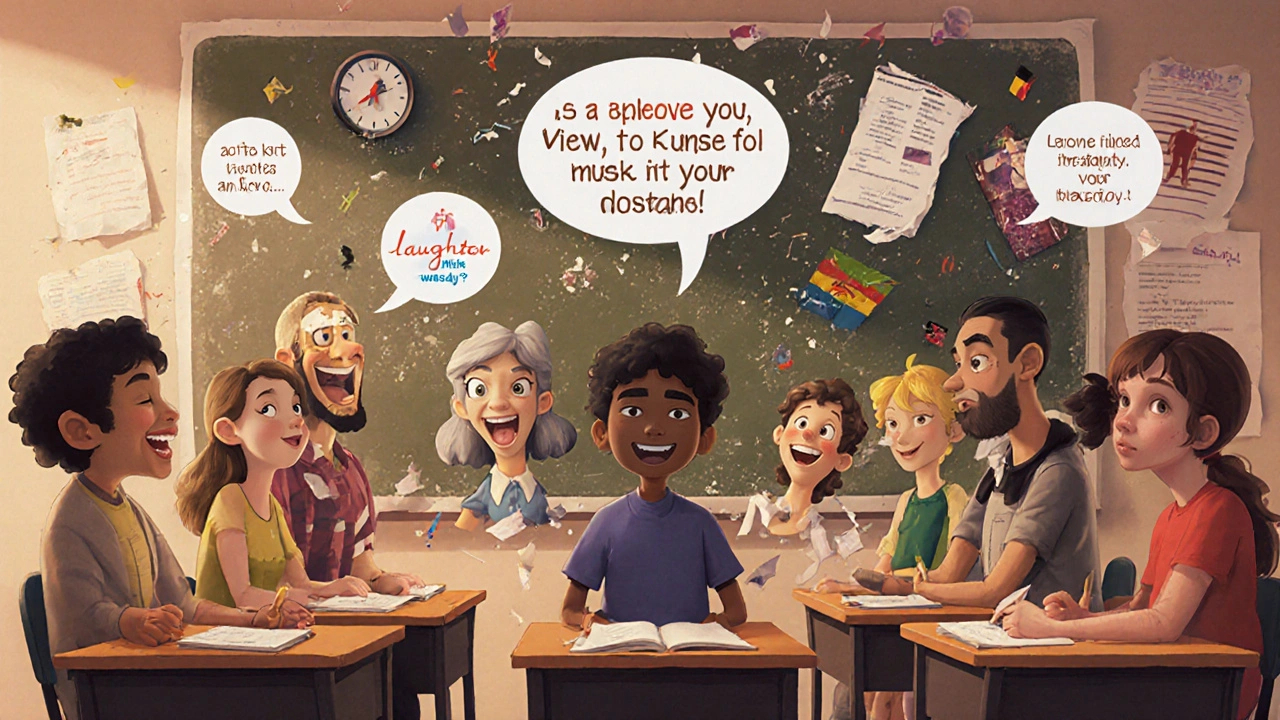Real-World Communication in Trading and Online Learning
When you're learning to trade, real-world communication, the ability to clearly explain strategies, ask the right questions, and listen to feedback in live trading environments. Also known as practical dialogue, it's what separates traders who just understand theory from those who actually make consistent decisions under pressure. This isn’t about fancy words or polished presentations. It’s about saying exactly what you mean—whether you’re explaining a trade setup to a mentor, asking for help during a live session, or reading the tone in a trading chat room.
Real-world communication shows up everywhere in learning to trade. It’s in the office hours formats, structured times when students get direct feedback from instructors or peers—not just Q&A, but conversations that reveal misunderstandings before they cost money. It’s in the community guidelines, clear rules that keep discussions focused, respectful, and useful, so no one wastes time on noise. And it’s in how you write a README, a simple text file that explains your trading journal or strategy in plain language so someone else can follow your logic without guessing. These aren’t soft skills—they’re survival tools.
Most online courses fail because they assume learning happens in silence. But real trading doesn’t happen in isolation. You need to explain your edge. You need to admit when you’re wrong. You need to ask for help without sounding lost. The posts here show how top educators build courses that don’t just deliver content—they build conversations. You’ll find guides on how to design feedback loops that actually stick, how to turn passive learners into active participants, and how to use simple tools like glossaries and live demos to cut through confusion. This isn’t about being charismatic. It’s about being clear, consistent, and human.
What you’ll find below aren’t theories. These are real examples from people who’ve taught thousands of traders—and learned what works when the market is moving and the pressure is on. Whether you’re building a course, joining a cohort, or just trying to get better at explaining your trades, the tools here will help you speak, listen, and learn like a pro.

Culture and Context in Language Education: Teach Beyond Grammar
Language learning goes beyond grammar-culture and context determine real communication. Learn why teaching social norms, tone, and cultural cues is essential for true fluency.